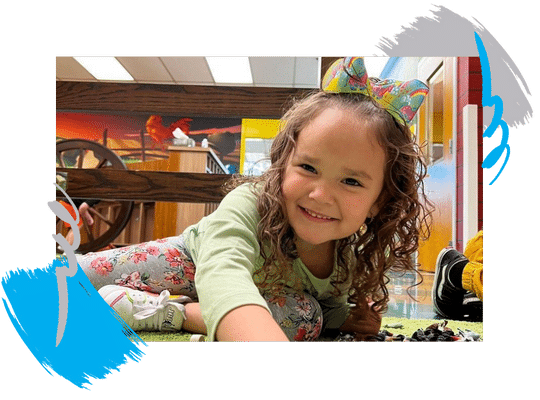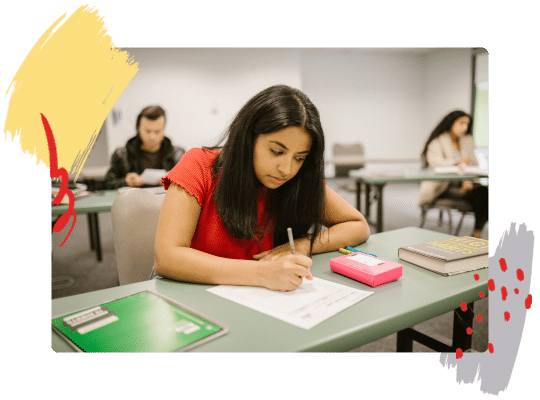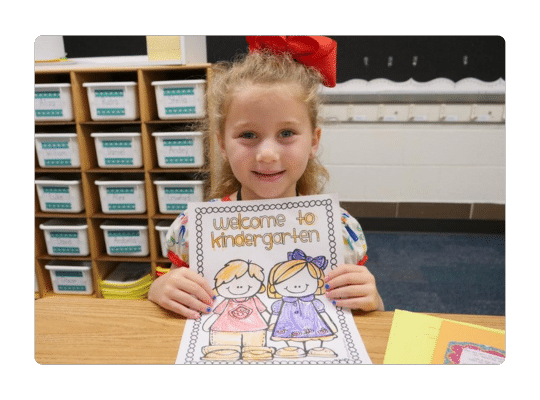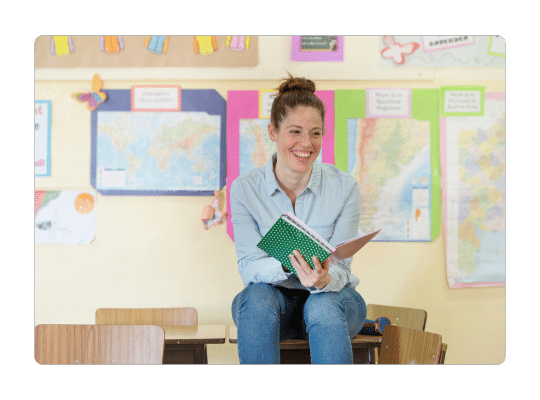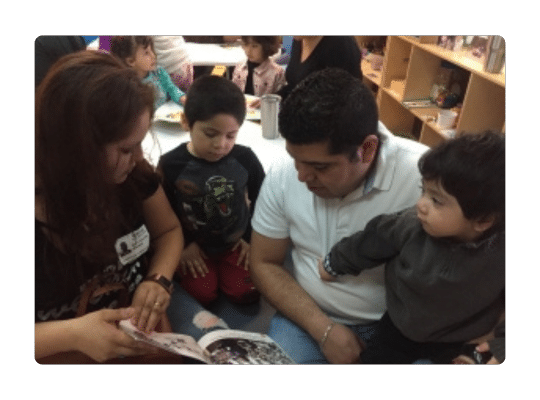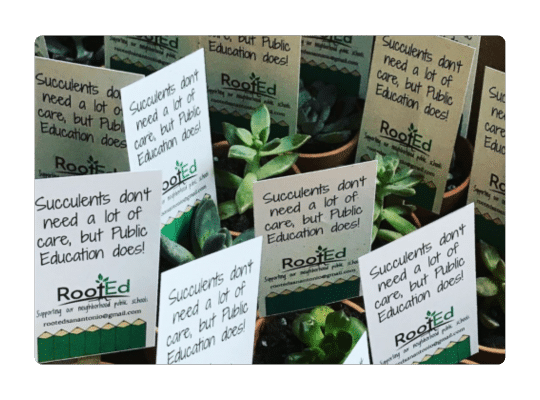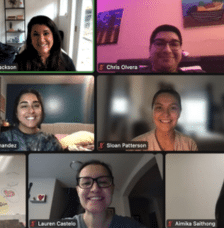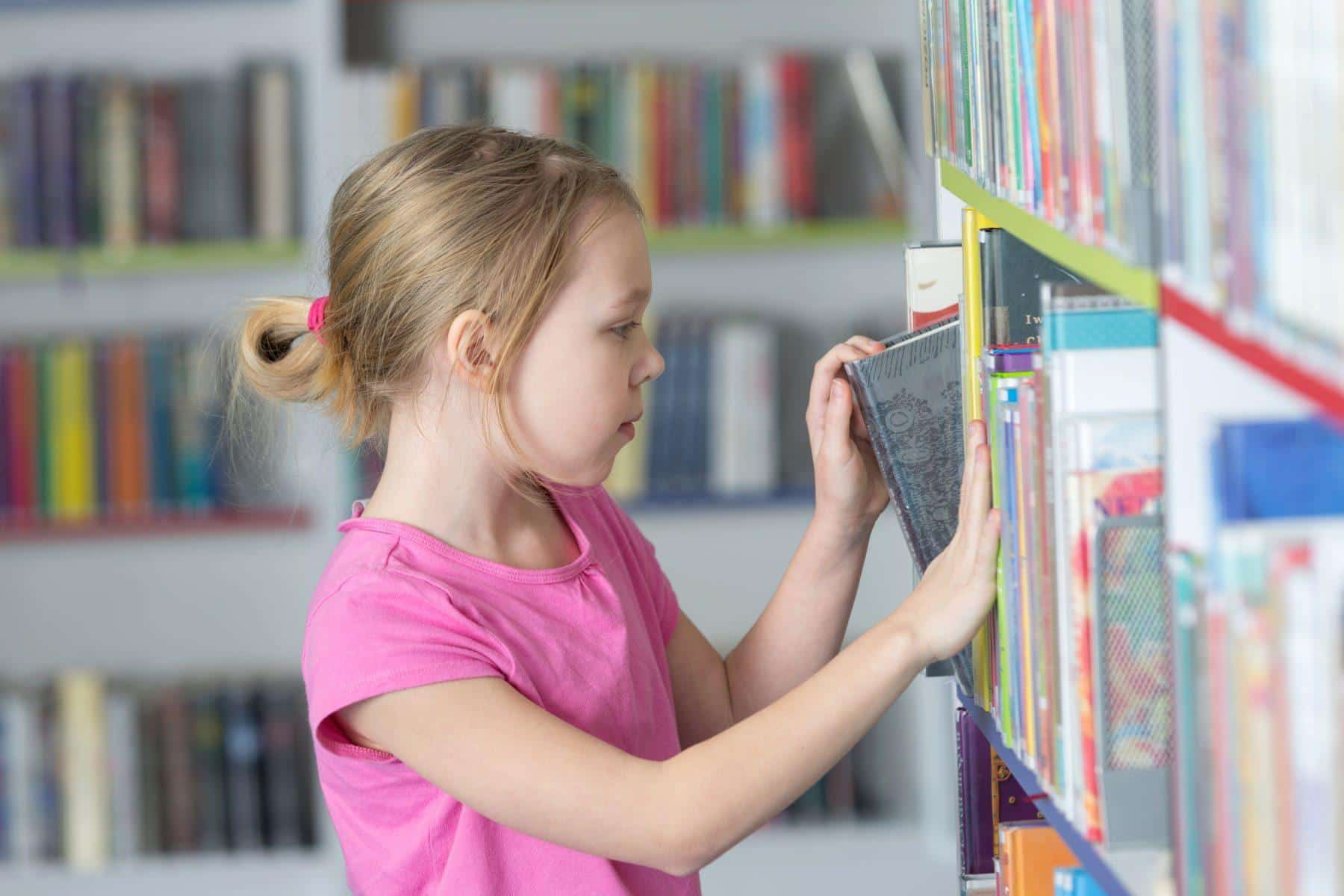Early Childhood Reading: What Public School Districts Do for You
As a child grows, they are constantly learning; learning to eat, learning to walk, learning to play, and learning to speak. During their first few years of life, as their brain is rapidly developing and absorbing information, reading can be extremely beneficial. “Experiencing and engaging in language-rich interactions helps children develop communication skills, patience, empathy, and literacy—all of which are critical to success in school and beyond” (Readoutandabout.org).
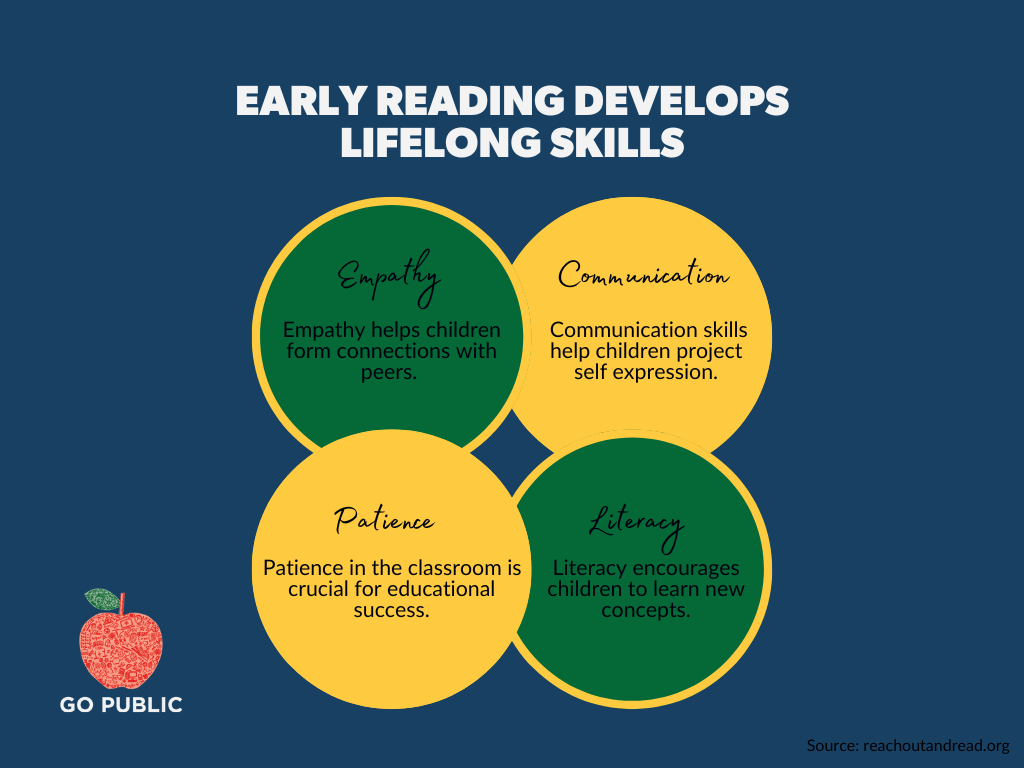
Reading books to small children introduces them to new words not used in everyday language, and not only benefits their communication skills, but also helps develop their imagination and creativity. Developing a good relationship with reading early-on will also help a child long-term. “Additional positive effects of reading together include: Better recognition of sounds and letters, knowledge of a wider range of vocabulary, increased listening skills, a deeper understanding of how stories work” (Readoutandabout.org).
3rd Grade Reading Benchmark
“Academically, children who are not reading on grade level by the end of third grade struggle in every class, year after year, because over 85 percent of the curriculum is taught by reading. Reading is the skill by which students get information from books, computers, worksheets and boards to learn math, science, literature, social studies and more” (Reading Foundation.org).
Santa Fe ISD’s Kubacak Elementary held an event with “Super Reader” and “Reader Girl” to help encourage kindergarteners within their reading units. Students received a reading wand as a fun method to track reading and point to key words.
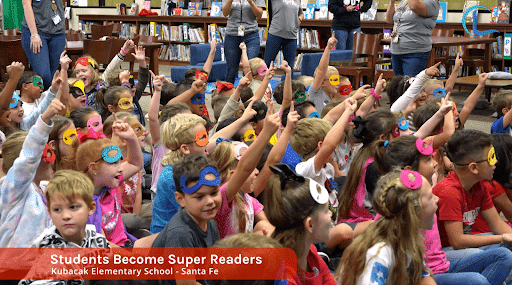
Literacy Goals
The success of a student is directly related to their reading level, and relationship with reading itself. In fact, early reading and literacy is so important that school districts are encouraged to adopt literacy goals to improve the success rate for their students; “The Children’s Reading Foundation encourages school districts and communities to adopt a 90 percent reading goal. This goal means 90 percent of third graders will read on or above grade level by the end of the school year. By adopting this goal, illiteracy can be eliminated” (Reading Foundation.org).
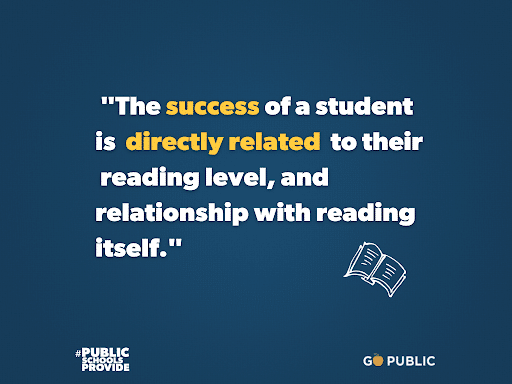
Throughout school, a healthy relationship with reading will make learning more engaging and help in understanding new concepts across their courses.
Reading Resources in Texas
Because Texas is a state with a large percentage of Spanish speakers, many public school districts across the San Antonio/Houston/Gulf Coast surrounding areas have integrated ESL programs, as well as other reading programs to help young students remain on track throughout their education. The Northside Independent School District in San Antonio, Texas has a literacy program created to aid families who need additional help. The federally-funded Title 1 Even Start Family Literacy Program is a school-community partnership that helps break the cycle of poverty and illiteracy by integrating early childhood education, adult education, parenting education, interactive literacy activities, and home visits into a unified family literacy program (Nisd.net). By creating a strong foundation in reading, students will be set up for success throughout their education, and maintain success beyond school.
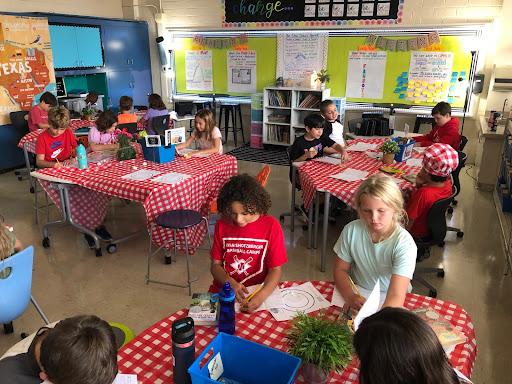
Alamo Heights ISD’s Woodridge Elementary used a cafe-style approach to teach students about the different literary genres. Students snacked on popcorn as they sampled different books in class!
Public School Libraries
Access to resources like public school libraries can help a student build a strong reading relationship. Libraries contain an extensive variety of books including different reading levels, genres, lengths, and more. And with public school libraries being based on an honor code system, students are able to access any book they’d like, take it home, and enjoy it for an extended period of time at no cost to them.
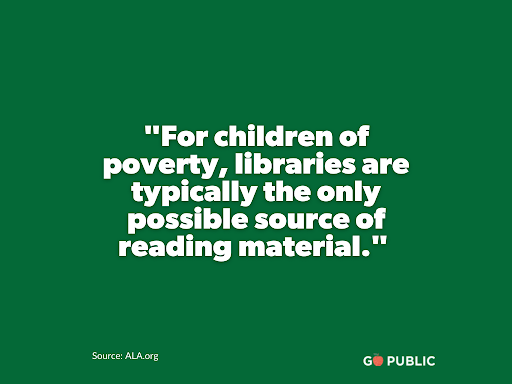
Research consistently shows that when children have access to good libraries with plenty of good books and with adequate staffing, they read more, and thus do better on reading tests. For children of poverty, libraries are typically the only possible source of reading material (ALA.org). The same source concludes that schools with librarians tend to have 35 percent more fourth graders “who score proficient or above than schools without librarians.” Overall, public school libraries are a wonderful resource for elementary level children to explore their love for reading, and for high school level children to gain experience using their libraries as a research tool.
Public school reading programs impact student success
Early childhood reading plays a key role in your children’s education. It teaches them vocabulary, problem-solving skills, empathy, patience, communication skills, and more. Building a strong relationship with reading early on also aids in the understanding of complex subjects throughout their schooling. Public school districts are incorporating reading programs for children of all ages and reading levels, and finding new ways to include parents in their child’s education. Utilizing the resources offered by public schools, whether that is their reading programs, libraries, or librarians, can positively impact your child’s success throughout school and prepare them for the career and field of their choosing.

Research and blog by:
Katya Coquat, Go Public Intern
UTSA, Class of 2022
https://www.wegopublic.com/librarians/27292/


